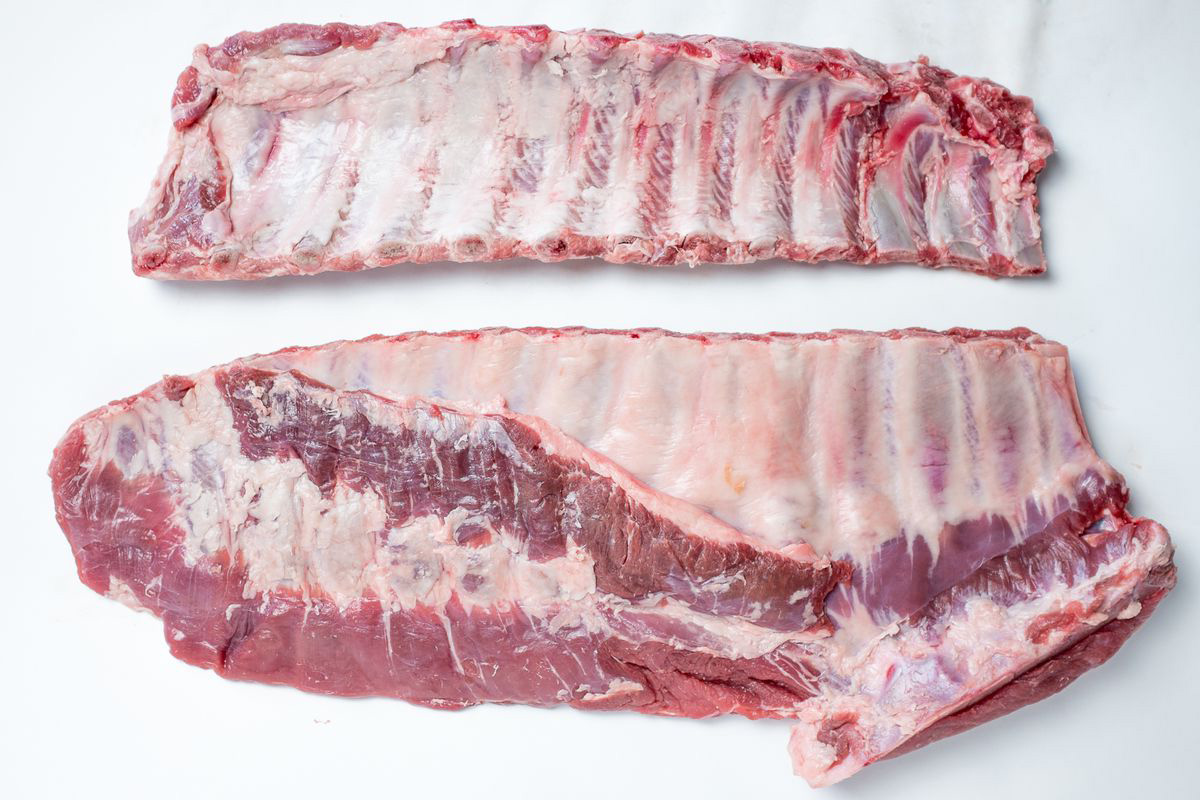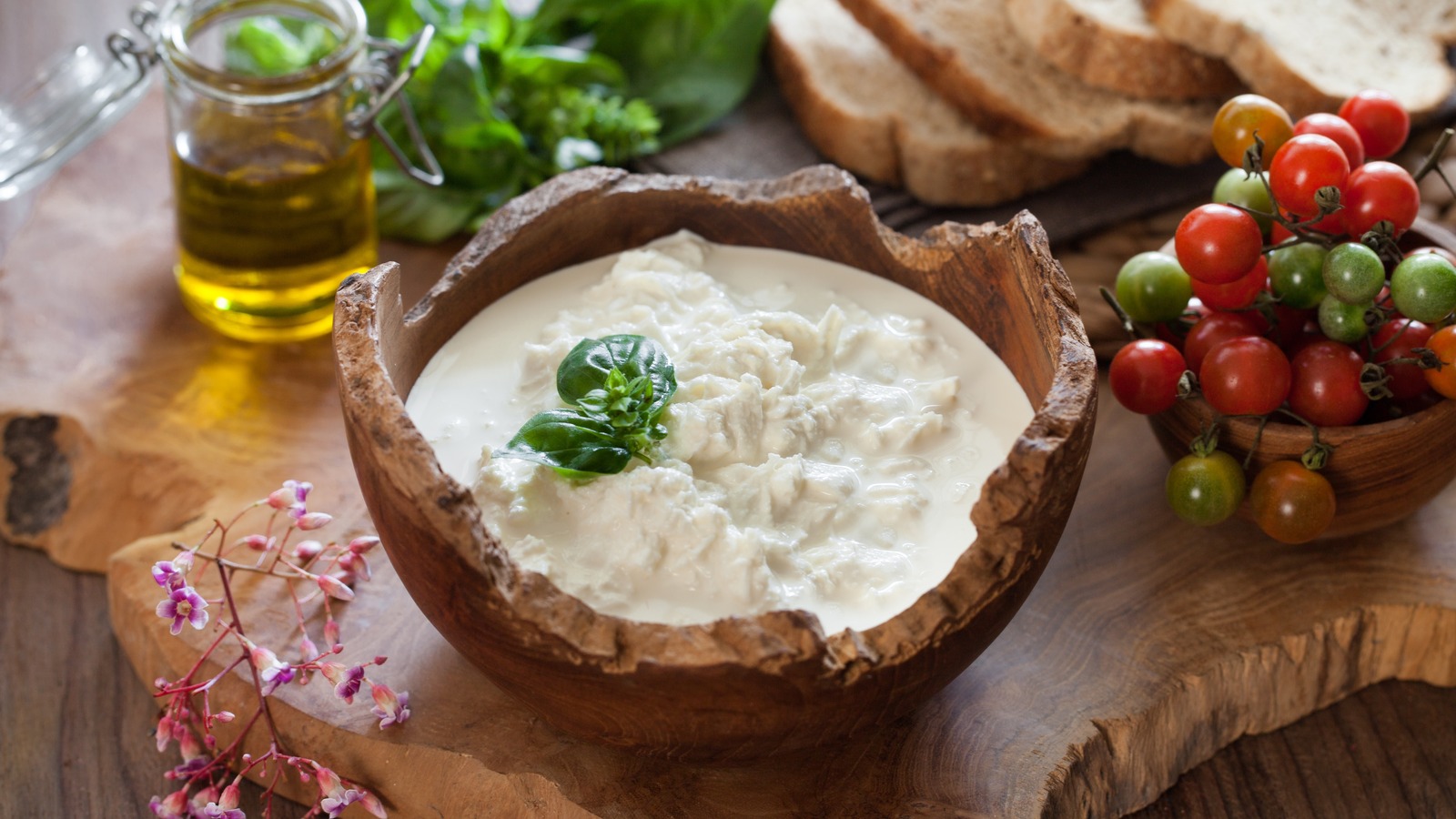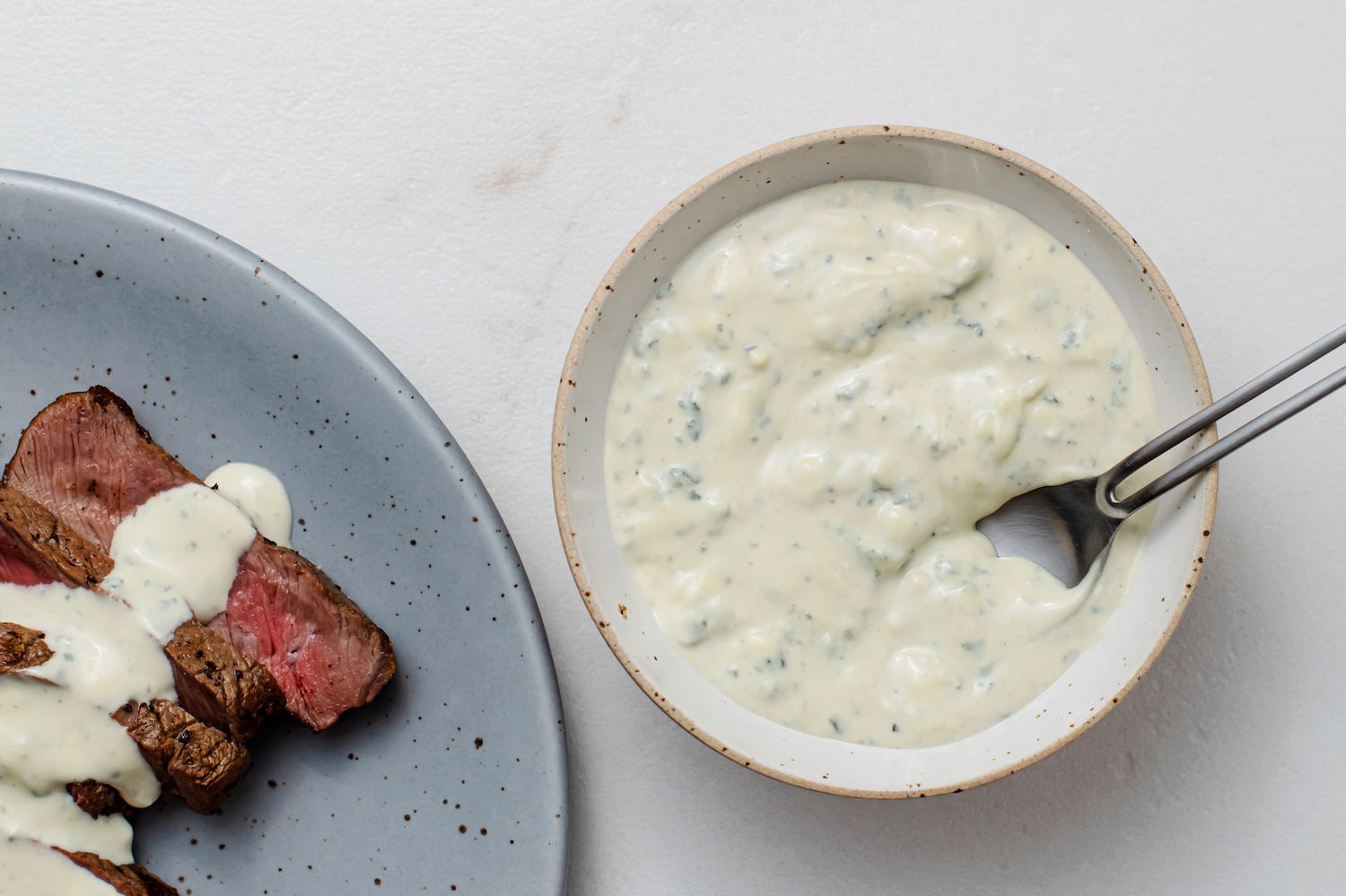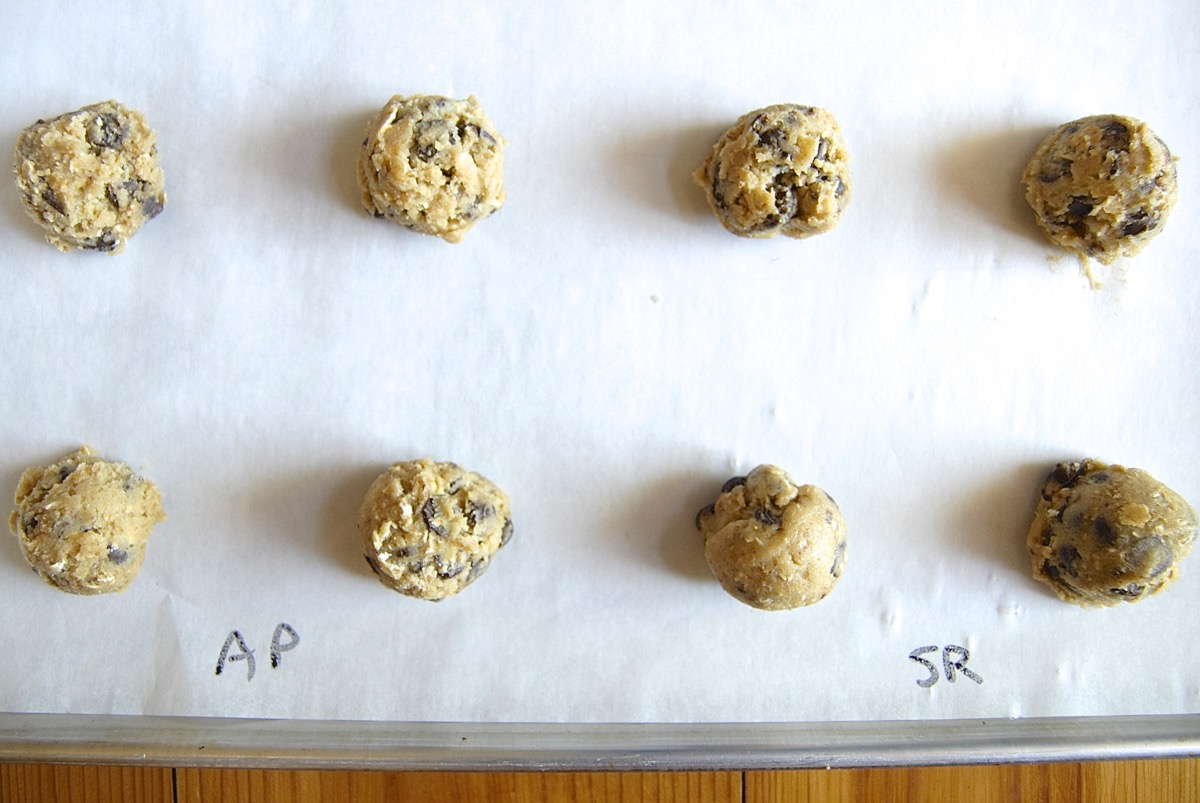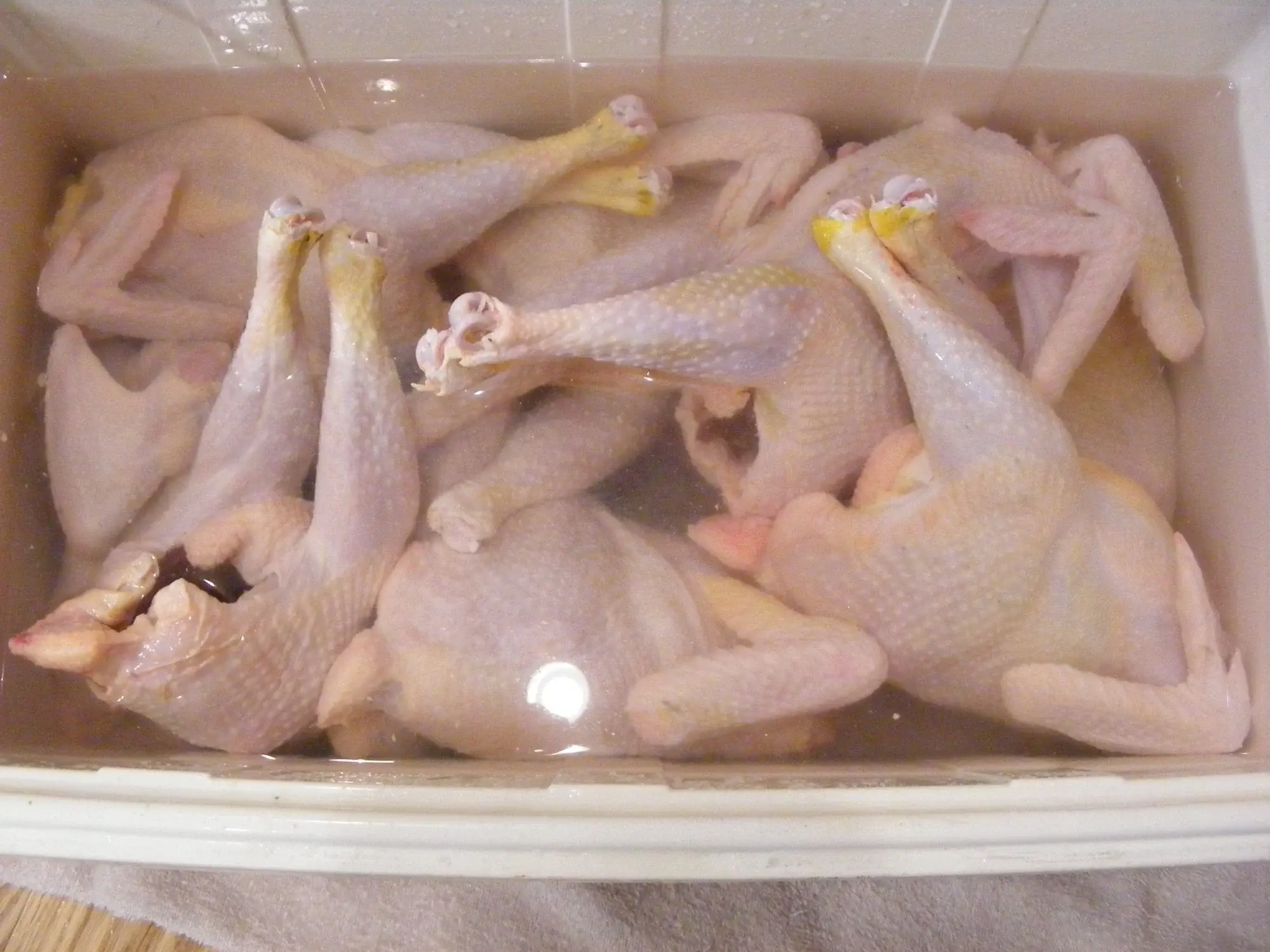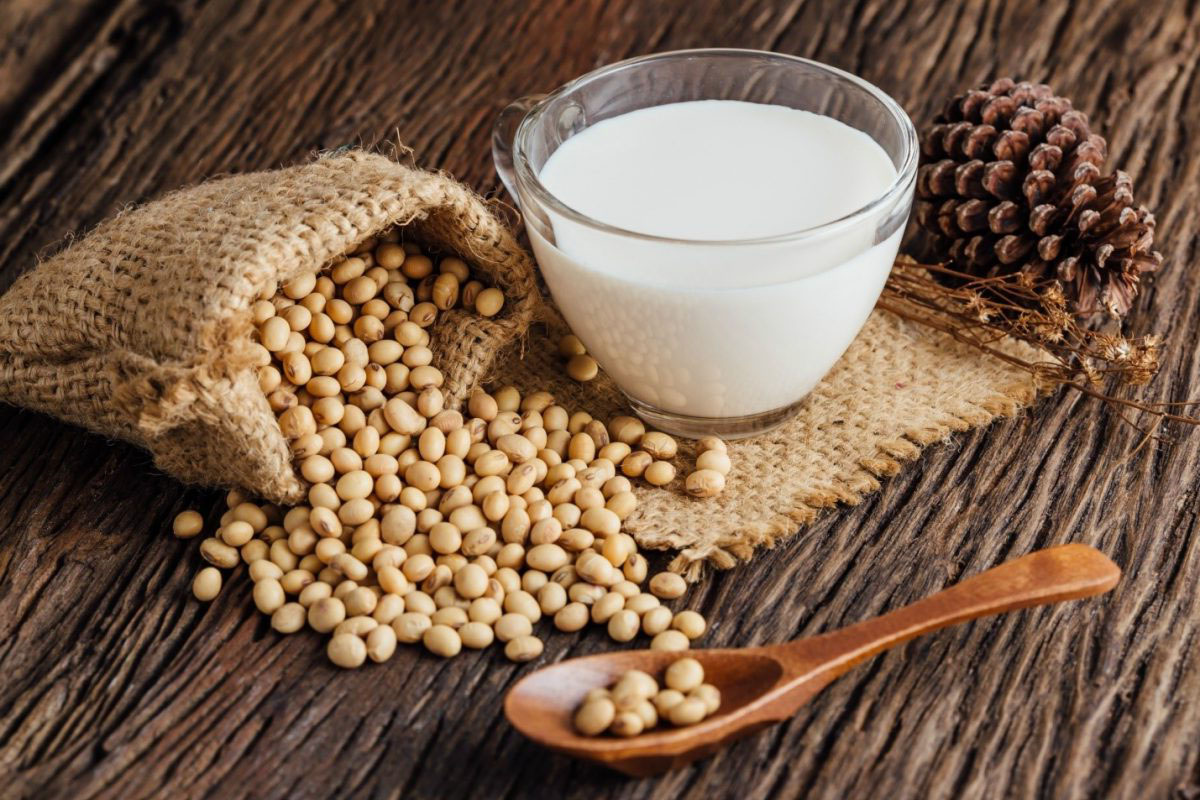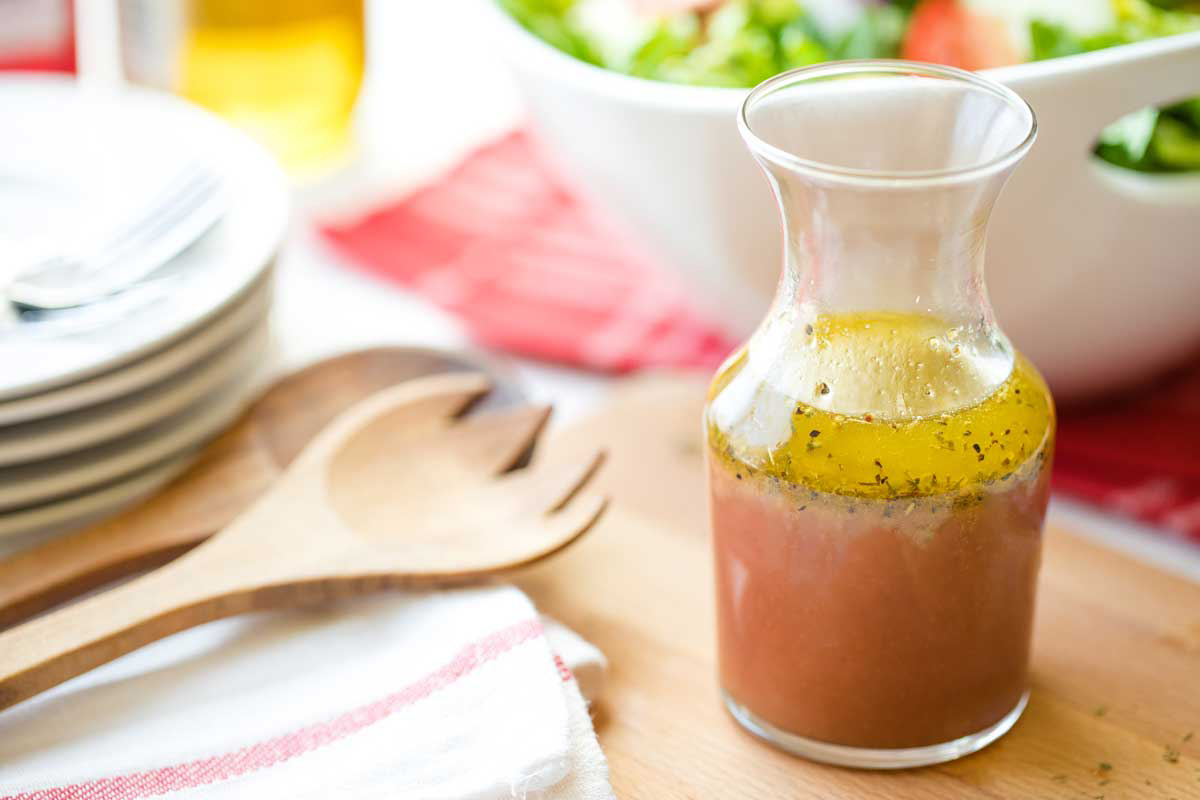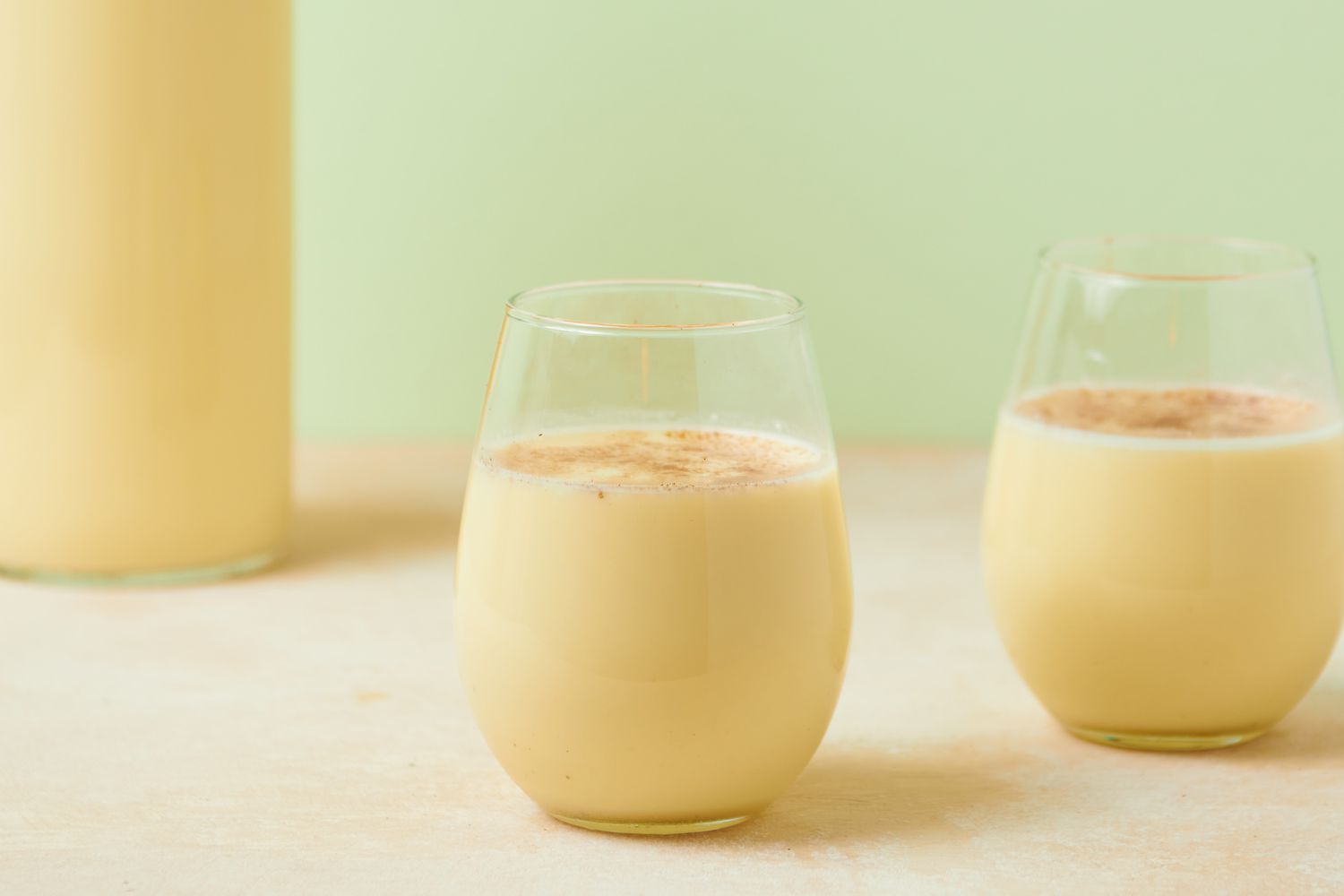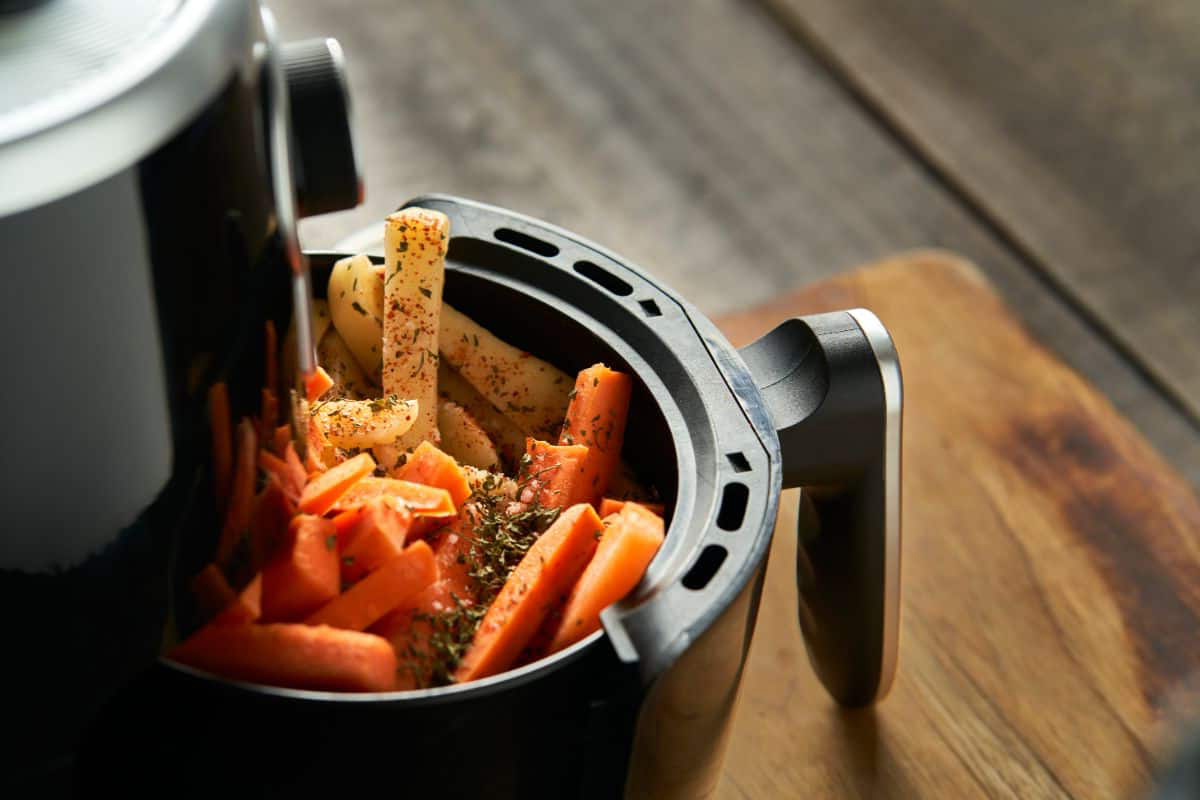Understanding the Versatile Herb: Sage
When it comes to cooking, herbs play a crucial role in enhancing the flavor and aroma of dishes. One such herb that has been a staple in kitchens for centuries is sage. Known for its earthy, slightly peppery flavor, sage is a versatile herb that can be used in a variety of dishes to add depth and complexity to the flavors. Let’s explore the various ways in which sage is used in cooking.
Culinary Uses of Sage
1. Seasoning: Sage is commonly used as a seasoning for meats, particularly poultry, pork, and sausage. Its robust flavor pairs well with rich, fatty meats, adding a savory and aromatic element to the dish.
2. Stuffing: Sage is a key ingredient in traditional stuffing recipes. Whether it’s for Thanksgiving turkey stuffing or a simple stuffing for chicken breasts, the addition of sage brings a warm, herbaceous note to the dish.
3. Sauces and Soups: Sage can be used to infuse flavor into sauces and soups. It adds a depth of flavor to creamy sauces and hearty soups, making them more aromatic and flavorful.
4. Infused Oils and Vinegars: Infusing sage into oils or vinegars can create a flavorful base for dressings, marinades, and drizzles. The herb imparts its distinct flavor, elevating the overall taste of the dish.
5. Breads and Baked Goods: Sage can be incorporated into bread dough or biscuit batter to add an herby, savory element to baked goods. It pairs well with cheese, making it a popular addition to savory breads and scones.
Health Benefits of Sage
Aside from its culinary uses, sage also offers a range of health benefits. It is known for its antioxidant and anti-inflammatory properties, and has been used in traditional medicine for its potential to improve digestion and boost cognitive function.
1. Digestive Aid: Sage has been used to aid digestion and soothe digestive discomfort. It is often brewed into a tea to help alleviate bloating and indigestion.
2. Cognitive Support: Some studies suggest that compounds found in sage may have a positive impact on cognitive function, potentially offering support for memory and mental clarity.
3. Antioxidant Properties: Sage contains compounds that act as antioxidants, helping to protect the body from oxidative stress and reduce inflammation.
Conclusion
Sage is a truly versatile herb that brings both flavor and potential health benefits to the table. Whether used to season meats, infuse oils, or promote digestive health, sage has earned its place as a beloved ingredient in kitchens around the world. So, the next time you reach for a handful of herbs to elevate your cooking, consider the humble yet mighty sage and the depth of flavor it can bring to your dishes.

